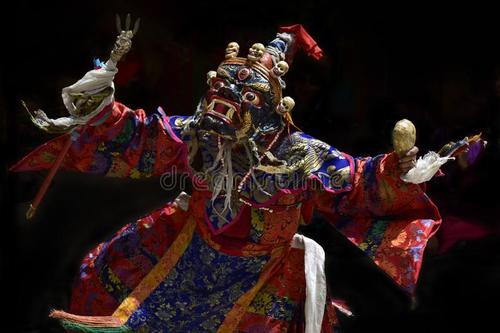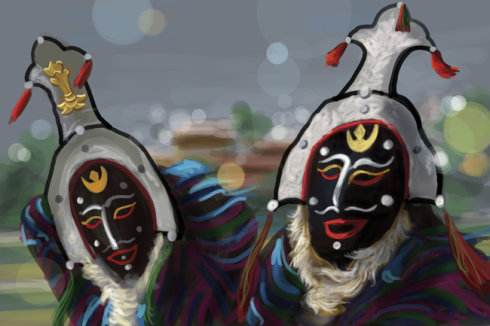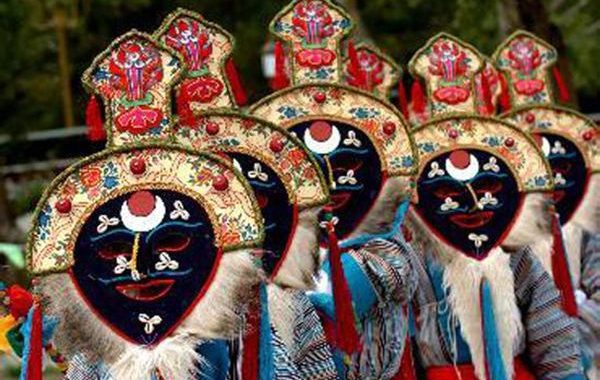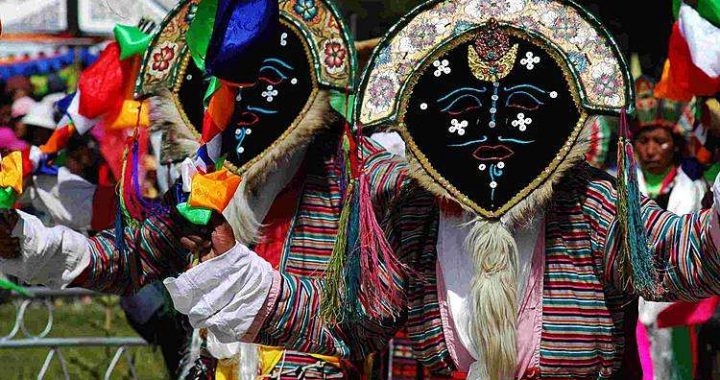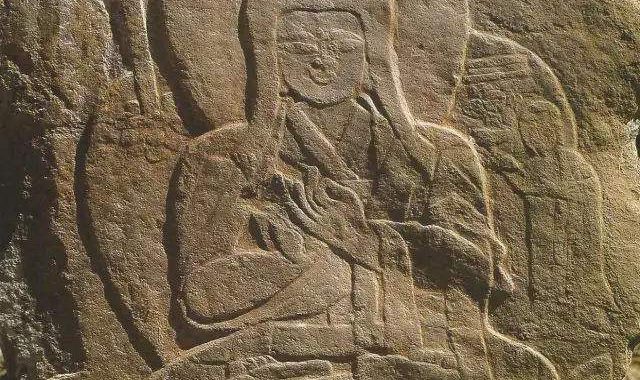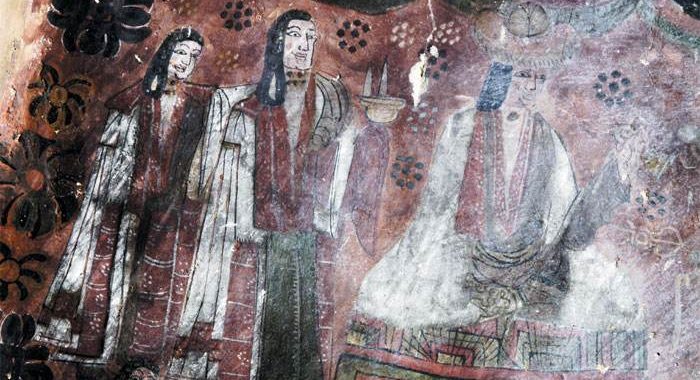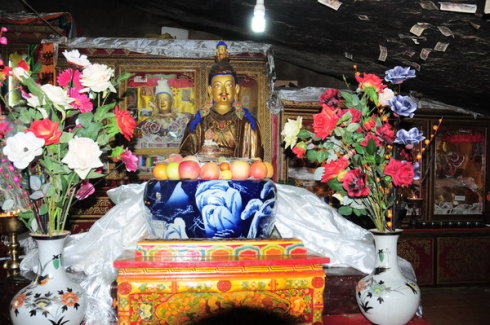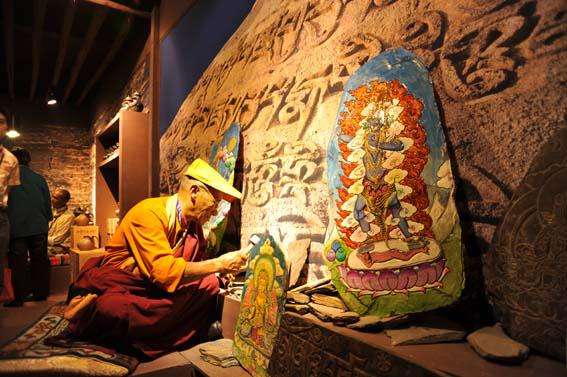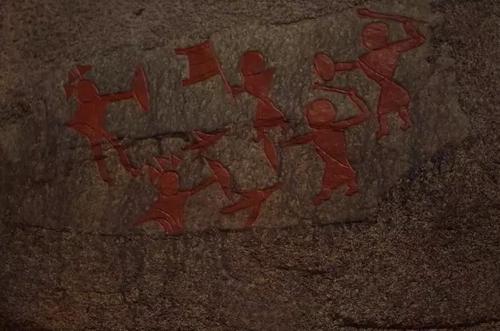THE DEVELOPMENT OF TIBETAN
2 min readCALLIGRAPHY
Following thousands of years of development, there are a great number of Tibetan fonts in various forms. From shape and line modelling to brush handling speed, it can be divided into two categories: Wu Jin Script and Wu Mei Script.
In the middle of the 7th century, Thonmi Sambhota,a famous official of Songtsen Gampo, Tubo’s Tsenpo, took Mar-yig as the blueprint and created the current Tibetan language with reference to the Ba Da language of ancient India, and the two chirography styles of Wu Jin (regular script) and Wu Mei were determined. The Wu Jin Script created by Thonmi Sambhota was called Toad Script. Subsequently, seven other WuJin chirography styles emerged: Brick Course Script, Beading Script, Highland Barley Script, Soaring Lion Script, Cock Script, Fish Diving Script and Dung Beetle Script. Standardization of Qiongbu Yuchi basically finalized the Wu Jin Script. Different genres and chirography styles were produced, but the general chirography structure was fixed.
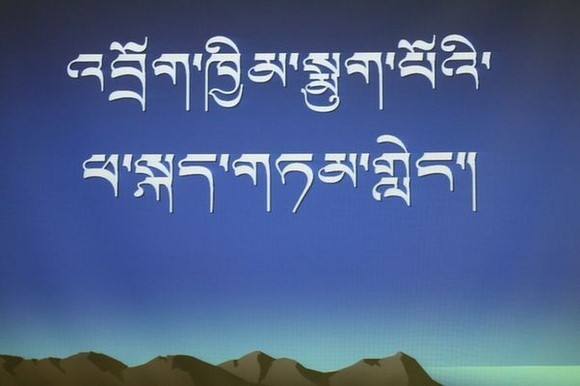
It is recorded that in the period of Trisong Detsen, the 35th Tubo Tsenpo, some eminent monks and translators created more than 40 unique chirography styles, including the ones exclusively used in Vajrayana or Terma content writing, such as Vajrayana script, Terma script, and magic script.
Although the calligraphic art of Wu Jin Script had developed maturely in the Tubo period, Wu Mei Script also made great progress. Formal official documents and sutra transcriptions usually adopted the neat WuJin Script while Wu Mei Script(or running script) was used in drawing up drafts, recording human activity, especially in writing folk documents(cursive handwriting). Therefore, Wu Mei Script was also presented in a variety of new fonts, for example, Juma script, or cursive script. In the first dissemination period of Tibetan Buddhism, two great calligraphers appeared, Danma Zima and Lis. Through comprehensive analysis and study of variations of Wu Mei Script in previous generations, they implemented their innovative specifications, and created Dan’s school andLi’s school. Unfortunately, Li’s school faded away and Dan’s school is the only one existing.
In the second dissemination period of Tibetan Buddhism, Wu Mei Script developed quickly, and over ten different Wu Mei Scripts appeared in succession. With little beyond the capping and square patterns, different Wu Jin Script fonts are almost similar. Interestingly, because Wu Mei Script isn’t limited by the requirements of squareness and capping, there are more Wu Mei Script fonts than Wu Jin Script. Roughly, there aresix types of Wu Mei Script: Bai Cu Script, Zhu Za Script, Cu Ren Script, Cu Tong Script, Juma Qiu Script and Qiu Script(cursive script).
